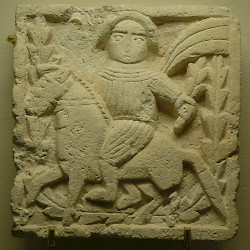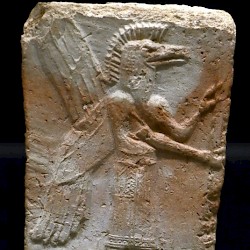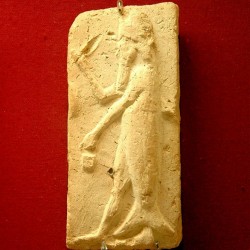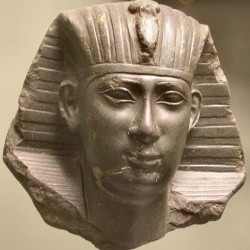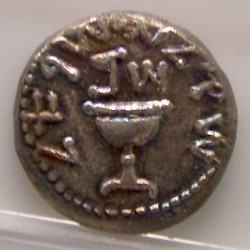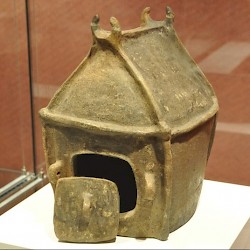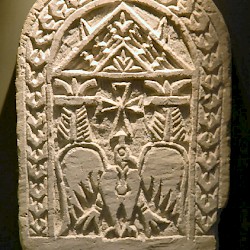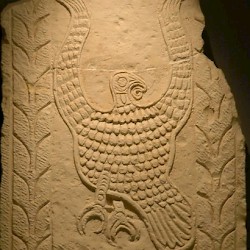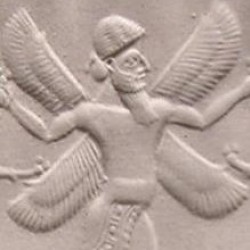Amsterdam, Allard Piersonmuseum
Q1244372The Allard Piersonmuseum, the home of the archaeological collection of the University of Amsterdam, is one of the nicest museums I know. I may be biased, though, because Amsterdam is my hometown. I cycle along the museum nearly every day and am a regular visitor.
One of its strengths is that it does not concentrate on Greek and Roman art, but also has a fine collection of objects from Egypt and smaller sets of objects from Cyprus and the ancient Near East. Yet, the visitor will notice that the main focus is on ancient Greek art, from the Mycenaean age to the Hellenistic period. This illustrates the history of archaeology as a discipline: initially, people collected art and admired Greece, but later, archaeology widened its scope and our sense of beauty changed.
The museum, founded in 1934, seventy-five years ago, is named after the university’s first professor of art history, Allard Pierson (1831-1896), but he has nothing to do with it. The museum was founded when a foundation of Dutch philhellenists bought the collection of a banker named Constant Lunsingh Scheurleer, and merged it with the private collection of deceased professor, who had bequeathed it to the university. Lunsingh Scheurleer’s son Theodoor was to become director of the museum. His successor Hemelrijk added many new objects, mostly Greek. In 1976, the museum moved to its present location on the Oude Turfmarkt: the former Dutch National Bank.
What are the main delights? It is hard to say, because the museum has only one object that is truly unique: the portrait of Artaxerxes III. It is the only portrait of an Achaemenid ruler that represents the great king as he really looked like – unlike the stereotypical official portraits. Nowhere on earth will you find something similar. I also like the large model of ancient Olympia, the Coptic phoenix, the Hellenistic war elephant, the early eighteenth-century (!) painting of Palmyra, and the small Oannes. Others may like the Etruscan art, the chariot from Cyprus, the statue of Aphrodite, or the bust of Tiberius Gemellus.
The museum is not very large. It takes just an afternoon to see most of it. Yet, the explanatory signs are good, the collection is representative of all Antiquity, and what the museum lacks in quantity, it compensates with quality. The exhibitions are usually very well-done. If I must mention a point of criticism, it is the bookshop. There are two types of writing for a larger audience: on the one hand, explaining scholarship and pulling the people up, and on the other hand, simplifying scholarship and bowing down. The bookshop has chosen the second option, and is, in my opinion, underestimating the capacity of the general audience.
In the museum’s attic is a nice collection of casts of ancient Greek sculpture, which is not open to the public, but can be visited on request.
This museum was visited in a/o 1984, 2009, 2014, 2017-2020.
